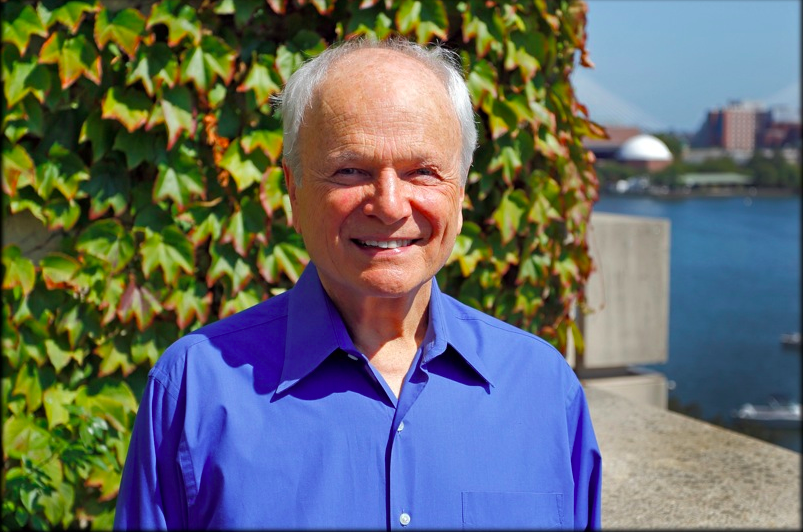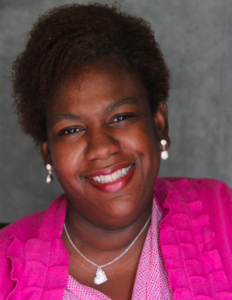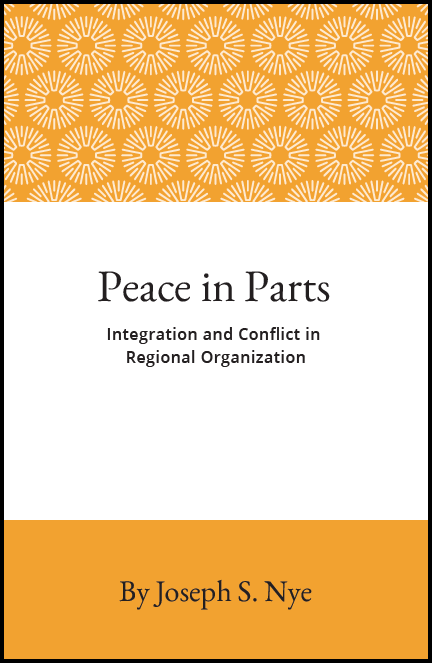We recently sat down with Benjamin Keele, Research and Instructional Librarian & Lecturer in Law at Indiana University and co-author (with James Heller and Paul Hellyer) of The Librarian’s Copyright Companion (2nd Edition), to learn more about his efforts to revert rights to the book. Thanks to their successful reversion, The Librarian’s Copyright Companion is now available for all to read under a CC BY 4.0 license.
Authors Alliance: What motivated you and your co-authors to request your rights back?
Benjamin Keele: When Jim, Paul, and I were writing the second edition of the Librarian’s Copyright Companion (Jim wrote the first edition), I had the notion that it would be great to release it open access from the beginning. However, we wanted the production, marketing, and imprimatur of a reputable publisher like Hein, so the book needed to make some commercial sense. Giving the book away eventually was always in the back of my mind. The Authors Alliance’s guide reminded me that it was possible to ask for the rights back, and after nearly ten years, I figured the book may have completed the commercial stage of its life.
I’m privileged enough to work in a research library, and I regularly hit paywalls and other access barriers to useful information. Making the book open access was a way we could make information about copyright available to anyone that found it useful.
AuthsAll: Can you walk us through the process of regaining rights and the arrangement you reached with your publisher?
BK: It was easier than I had expected. I emailed Hein’s editor we had worked with when preparing the book for publication. She then communicated with the other appropriate people within the company. Hein then supplied a contract amendment that eliminated future royalties and gave Hein a right of first refusal if the co-authors ever decide to write a third edition of the book. These conditions were acceptable, so we all signed the amendment.
AuthsAll: Is there anything that surprised you with the process?
BK: It had not occurred to me that there may be interest in a third edition on Hein’s part. The co-authors all agreed we don’t have the bandwidth at the moment for a new edition, but it is something to keep in mind for the future.
AuthsAll: How has reversion helped you (or how do you expect it will help you) reach your goals for your book?
BK: Our main goal for the book was to provide information on copyright law with a tilt toward users’ interests. When the book was published, our primary audience was other librarians whose institutions could buy copies for librarian professional development and for patrons. Now we can shift our audience to researchers who cannot borrow a copy for some reason or who are doing most of their research in digital resources. The reversion has let us make the book open access and with a permissive license. Maybe someone will choose to translate it or update portions. We have heard the book was assigned as a reading in library science courses. Making the book open access will make it easier to use for faculty and students.
AuthsAll: What advice do you have for other authors who might want to pursue a reversion of rights?
BK: First, focus on finding the right person to ask. Hein is a relatively small organization and we were fortunate that our editor was still with the company. I am trying to help my mom obtain a rights reversion for her book. It was published with a small publisher that has since been acquired by a much larger company, and it seems if you don’t find the right person to contact, your request can easily be ignored.
Second, approach this like a medium- to long-term project and expect things to take some time. On the publisher’s end, rights reversions are probably not a very high priority, so even once you’ve found the person who can make a decision, some patience will be necessary.
Third, think about what you’d like to do with your work when you obtain the copyright. Maybe the publisher will be interested in working with you in a way that will further your goals. You can also do some preparations; the co-authors had all reached agreement on where we’d share the book (through the Internet Archive and our respective institutions’ digital libraries), so once the copyright was reverted, it took just a few clicks to put the book online.


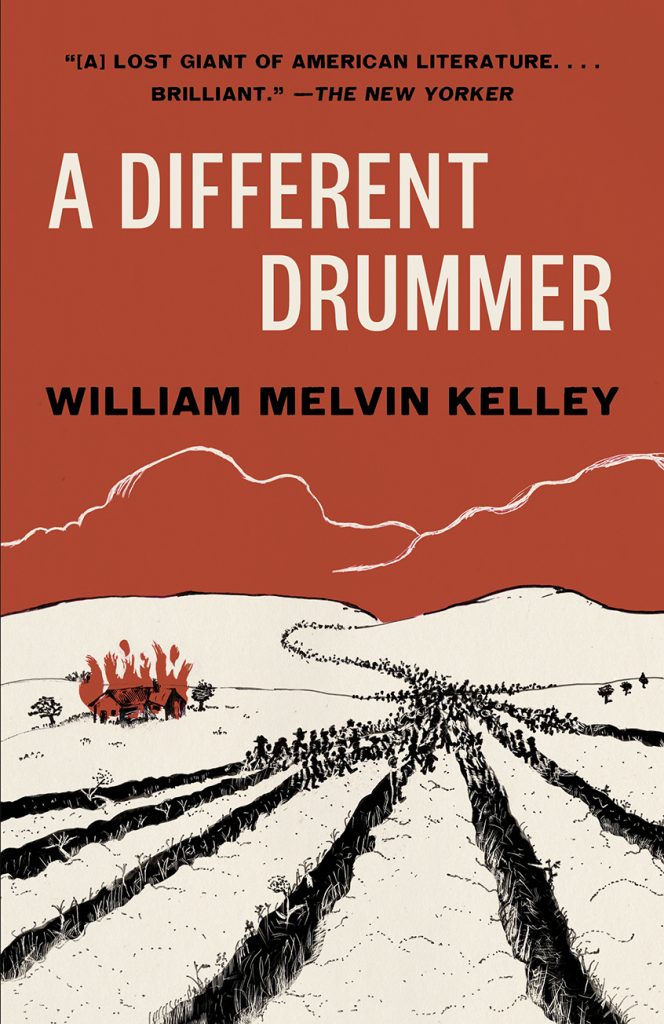
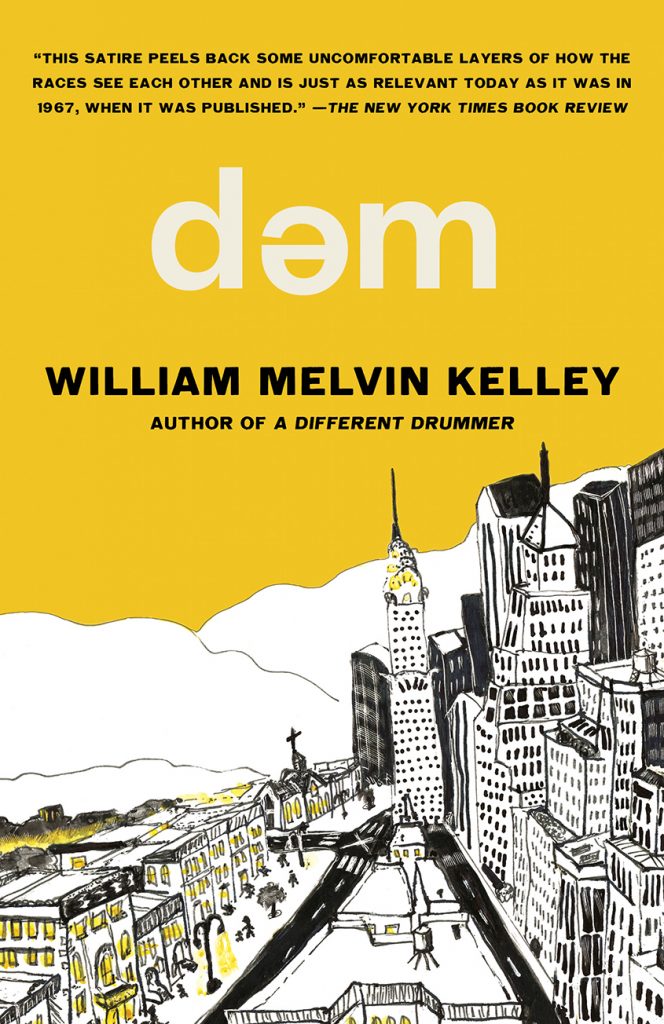
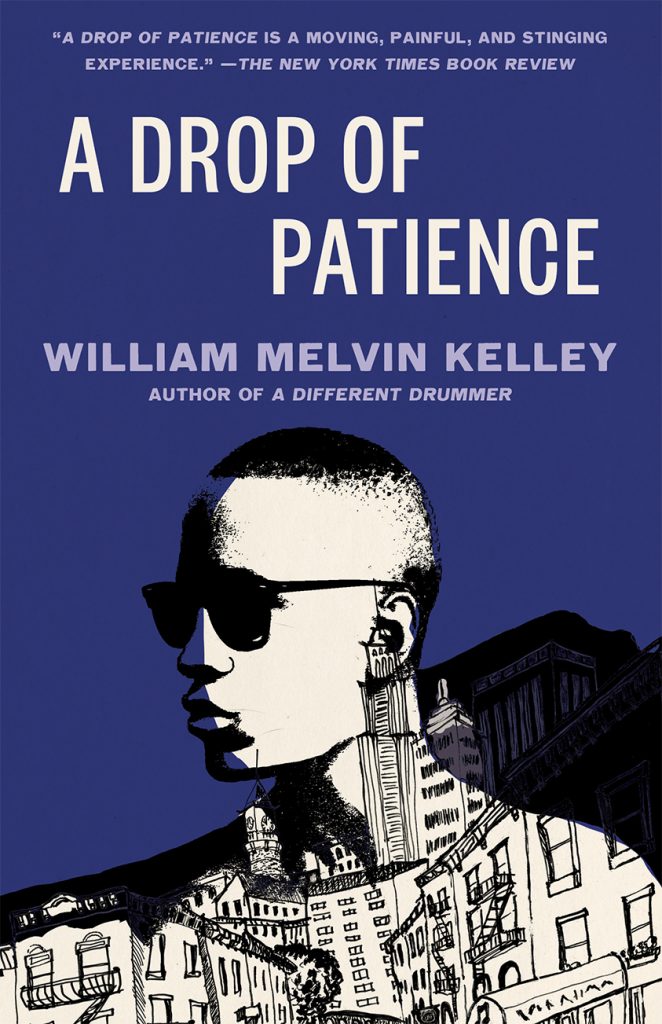
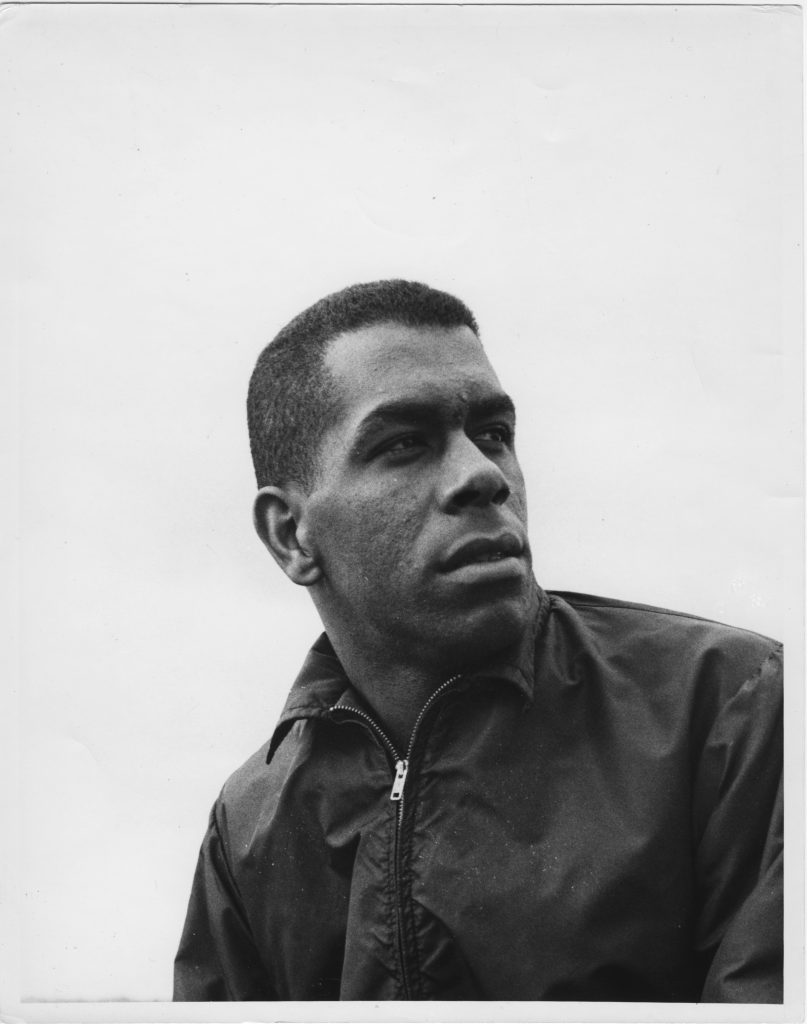
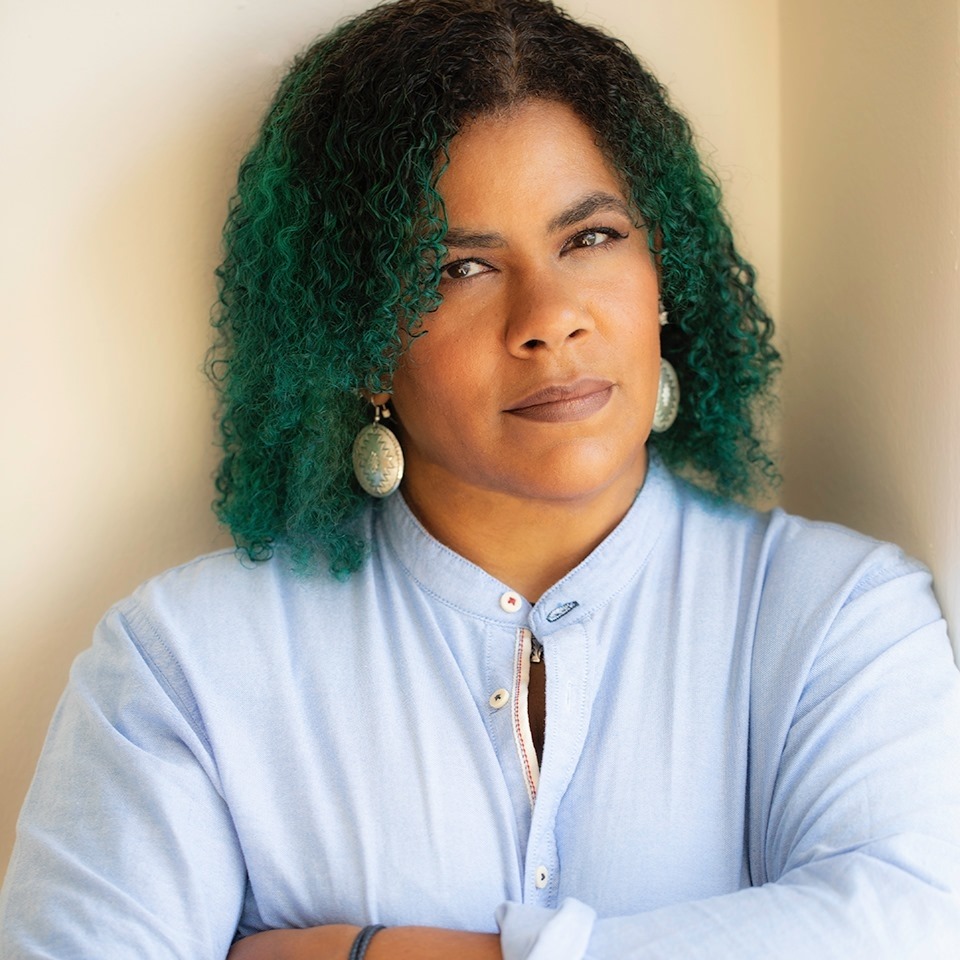
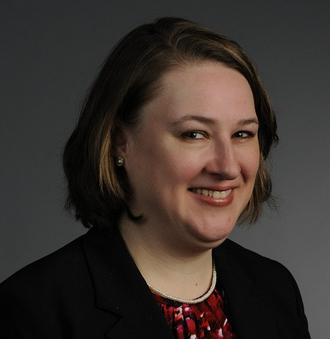

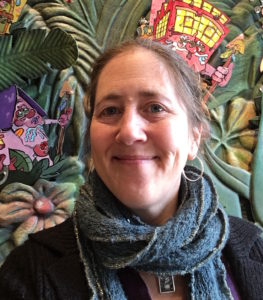 As part of our occasional Q&A series on alternative publishing models, we talked with librarian extraordinaire Jessamyn West, who successfully reverted rights to her book
As part of our occasional Q&A series on alternative publishing models, we talked with librarian extraordinaire Jessamyn West, who successfully reverted rights to her book 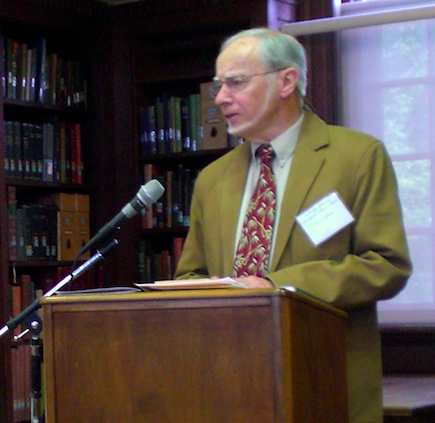 Dale Cannon is Professor Emeritus of philosophy and comparative religion at Western Oregon University. In March of 2017, he reverted rights to his religious studies textbook,
Dale Cannon is Professor Emeritus of philosophy and comparative religion at Western Oregon University. In March of 2017, he reverted rights to his religious studies textbook, 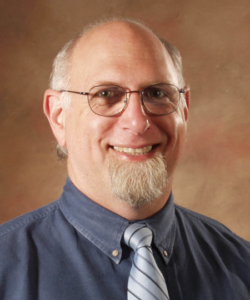 David G. Ullman is Professor Emeritus of Mechanical Engineering Design at Oregon State University and an expert on product design and decision-making best practices. After securing a reversion of rights, Ullman published the sixth edition of
David G. Ullman is Professor Emeritus of Mechanical Engineering Design at Oregon State University and an expert on product design and decision-making best practices. After securing a reversion of rights, Ullman published the sixth edition of 